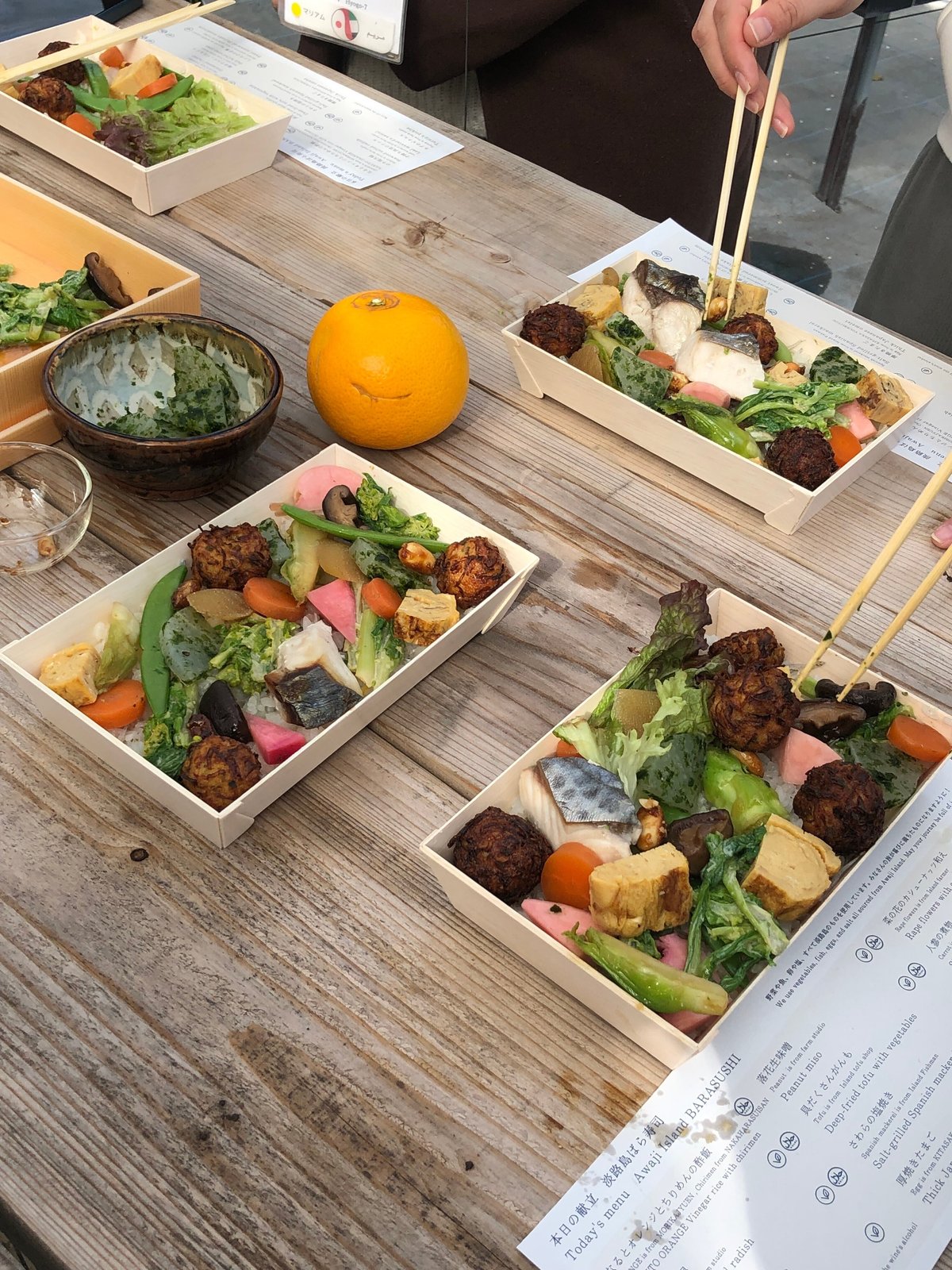
A Refreshing Break at Farmstudio: A Day of Learning and Local Flavors on Awaji Island
After guiding a vibrant group of nearly 20 young leaders through Awaji Island's historical and cultural gems, the most refreshing part of my day wasn't the stunning sights, but the unexpected tranquility I found at Farmstudio. Here's why visiting Farmstudio last on our itinerary was a stroke of genius.
Why Farmstudio Last? A Break for the Brain and Body
As a guide, I spend mornings using every mental muscle, sharing history, culture, and social issues with eager guests. By lunchtime, information overload sets in. We all have a limited attention span, and bombarding ourselves with details can hinder absorption. The key to learning is a balance between input (information intake) and output (processing and applying knowledge). Farmstudio provided the perfect output – a chance to relax, reflect, and truly appreciate what we had learned.
Our Inspiring Journey: From Industrial History to Co-working
Our day began at Sumoto Port, followed by a visit to S BRICK, a stunning red-brick building with a rich history. Once the largest spinning factory in Japan, it's now a vibrant community hub with an art museum, co-working space, and playground. Witnessing S BRICK's transformation – from industrial giant to community center – highlighted the challenges of rural depopulation in Japan.
Leaving S BRICK, we strolled through charming side streets, peeking into cafes and a library that boasts a prestigious architectural award. Next, we visited Workation Hub, a co-working space housed in a traditional Japanese house. The owner's story of renovating the space and engaging the local community resonated with our group, particularly those interested in social ventures.




Farmstudio: A Feast for the Senses and Creative Hands
By lunchtime, we were ready for Farmstudio. The moment we arrived, the sight of a beautifully prepared lunch, boasting fresh, seasonal ingredients sourced directly from the farm or local farmers, was a feast for the eyes. Farmstudio champions local production for local consumption, a philosophy aligned with Japan's Ministry of Agriculture, Forestry, and Fisheries' efforts to promote sustainable practices.
The best part? We weren't just served a meal; we participated in creating it! Under the chef's guidance, we designed our lunch boxes, including a delicious mixed rice with baby sardines and Yuzu citrus. Vegetarian options were thoughtfully provided for our Muslim guests.
Seated amidst the farm, the delicious food engaged all five senses: sight (vibrant colors), smell (fresh ingredients and nature), taste (explosions of flavor), touch (textures), and hearing (gentle wind chimes and rustling trees). The farm's calming atmosphere provided a much-needed break after a stimulating morning.



Sweet Surprise and Local Expertise
The dessert was another highlight – two incredible varieties of strawberries, meticulously cultivated by the farm owners. Their sweetness was unmatched, making supermarket strawberries seem bland in comparison! Naturally, the group, including some agricultural specialists, had burning questions about the farm's unique growing techniques and its focus on workshops and activities beyond just farming. Farmstudio goes beyond simple cultivation; they offer educational experiences, something that particularly interested our agricultural specialists.
Farmstudio's strawberry season extends beyond the typical Japanese season (January to March) due to their indoor facilities. However, to ensure everyone enjoys a relaxing experience, strawberry picking requires an advance reservation with a maximum group size of nine. It's no wonder they're always booked!

Leaving Awaji Island Inspired
Our day concluded with satisfied bellies and hearts full of inspiration thanks to the delicious food and the inspiring stories of the wonderful local people of Awaji Island. Saying goodbye to Yamada-san, the farm owner, we hoped for a chance to return soon.
